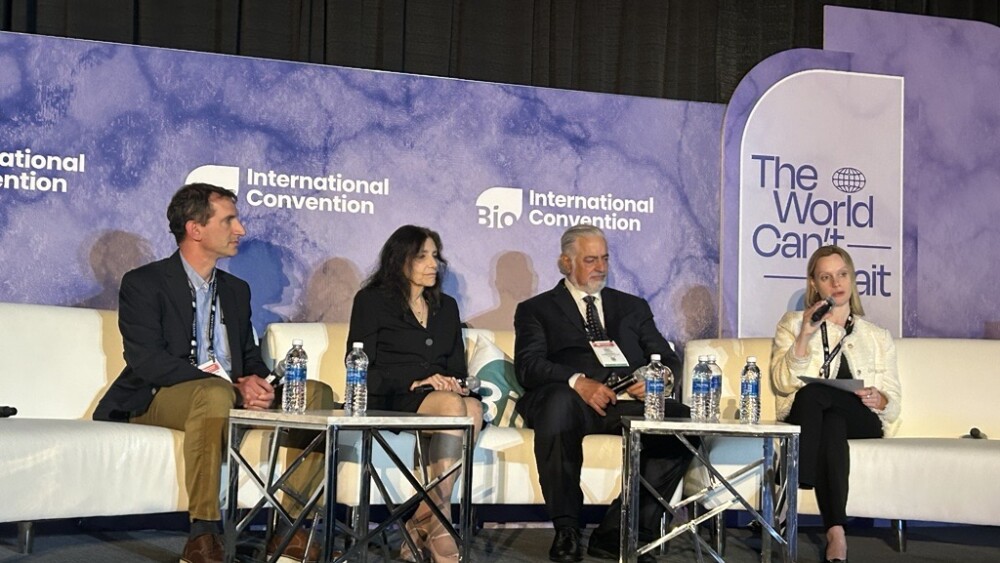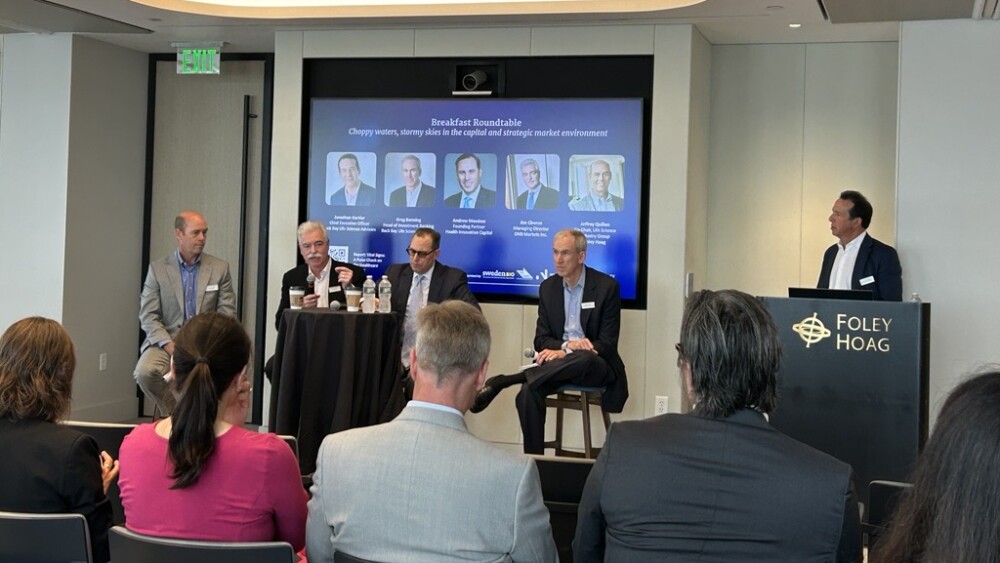RANCHO CORDOVA, Calif., April 21 /PRNewswire-FirstCall/ -- ThermoGenesis Corp. today announced that research data on a new processing disposable that produces thrombin from whole blood in the operating room was presented yesterday at the American Society of Extra-Corporeal Technology (AmSECT) 44th Annual International Conference taking place April 19-22 in Las Vegas, Nevada. The data showed that this new procedure enables the preparation of thrombin clotting agent from a patient's own whole blood in the operating room in 30 minutes that achieves rapid clotting of platelet concentrates, plasma and fibrinogen concentrates.
The current thrombin market, estimated at $180 million per year, is dominated by thrombin sourced from bovine (cow) blood. Surgeons use bovine- derived thrombin to stop minor bleeding during surgery and to release growth factors from concentrated autologous platelets (platelet gels) inserted into wound sites to accelerate healing of bone and tissue. However, bovine-derived thrombin can create cross-reactive anti-bovine antibodies that cause allergic reaction and inhibit blood clotting in humans, which can cause post-operative hemorrhage in a subsequent operation(1).
"We are pleased to have Vijay Kumar, PhD, ThermoGenesis Protein Biologist, invited to present our research findings at this years AMSECT Perfusionists meeting, "Whole Blood: Development of a Process for Intra-Operative Production of Human Thrombin". ThermoGenesis and its partners are committed to leading innovation in autologous thrombin by providing surgeons and their patients with safer and more convenient products," said Kevin Simpson, President and Chief Operating Officer of ThermoGenesis Corp. "We look forward to developing a simple-to-use device using this new process that can consistently provide the safety, efficacy and stability of an autologous thrombin from whole blood for those indications that require a thrombin source."
ThermoGenesis' Thrombin Processing Device(TM) (TPD) is being used by European surgeons to produce autologous thrombin from a patient's plasma derived from their own blood to help control surgical bleeding and accelerate wound healing. It is currently being marketed in Europe by Biomet, Inc. subsidiary Biomet Biologicals, Inc., and Medtronic, Inc. in conjunction with their platelet gel products.
Regulatory Status of TPD
The TPD as a stand alone product has been CE Marked and is currently selling in Europe. From a marketing perspective, the CE Mark is the European equivalent to an FDA approval, in that it allows the Company to sell the TPD throughout the European community.
(1) Ortel et al. "Immunologic impact and clinical outcomes after surgical exposure to bovine thrombin." Ann Surg. 2001 Jan;233(1):88-96.
About ThermoGenesis Corp.
ThermoGenesis Corp. is a leader in developing and manufacturing automated blood processing systems and disposables that enable the manufacture, preservation and delivery of cell and tissue therapy products.
-- The BioArchive(R) System, an automated cryogenic device, is used by cord blood stem cell banks in 29 countries for cryopreserving and archiving cord blood stem cell units for transplant. -- The AutoXpress(TM) System, is a newly developed semi-automated device and companion sterile closed blood processing disposable, to harvest stem cells from cord blood. -- The CryoSeal(R) FS System, an automated device and companion sterile blood processing disposable, is used to prepare hemostatic and adhesive surgical sealants from the patient's blood in about an hour. Enrollment in a 150-patient U.S. pivotal clinical trial has been completed and a PMA is being reviewed by the FDA. -- The Thrombin Processing Device (TPD(TM)) is a sterile blood processing disposable that prepares activated thrombin from a small aliquot of blood plasma in less than 30 minutes. The TPD market launch is underway in Europe.
This press release, including statements regarding financial information for future periods, contain forward-looking statements, and such statements are made pursuant to the safe harbour provisions of the Private Securities Litigation Reform Act of 1995. These statements involve risks and uncertainties that could cause actual outcomes to differ materially from those contemplated by the forward-looking statements. Several factors, including timing of FDA approvals, changes in customer forecasts, our failure to meet customers' purchase order and quality requirements, supply shortages, production delays, changes in the markets for customers' products, introduction timing and acceptance of our new products scheduled for fiscal year 2006, and introduction of competitive products and other factors beyond our control, could result in a materially different revenue outcome and/or in our failure to achieve the revenue levels we expect for fiscal 2006. A more complete description of these and other risks that could cause actual events to differ from the outcomes predicted by our forward looking statements is set forth under the caption "Risk Factors" in our annual report on Form 10-K and other reports we file with the Securities and Exchange Commission from time to time, and you should consider each of those factors when evaluating the forward looking statements.
ThermoGenesis Corp.CONTACT: Matthew Plavan, +1-916-858-5100, or Fern Lazar, +1-212-867-1762,both of ThermoGenesis Corp.
Web site: http://www.thermogenesis.com//




